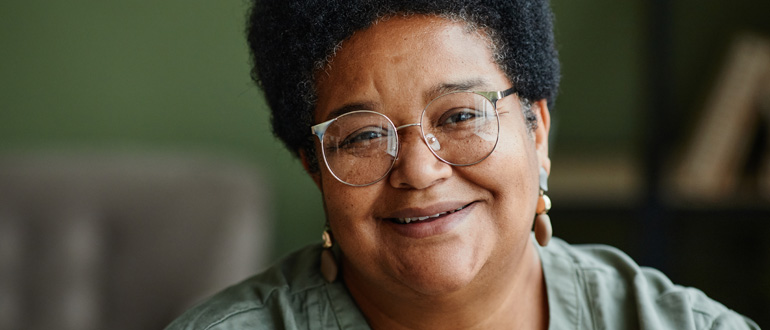The opioid epidemic: Black community disproportionately affected

The COVID-19 pandemic has aggravated many existing societal problems, including addiction. Over the last year, “Deaths attributed to synthetic opioids, mainly fentanyl, increased 38 percent nationwide”. The Ohio death rate from opioid overdose was at its highest in 10 years during the second quarter of 2020.
Three waves
At the onset of the opioid crisis, you probably saw news item after news item showing that prescribed opioids had created a tidal wave of addiction. According to The New York Times, it is possible that health care providers’ implicit bias against Black people—including the false belief that Black people can tolerate pain better than white people—meant they were prescribed fewer opioids. This may have led some to the erroneous belief that opioid addiction was primarily a problem for white people.
Opioid prescription within the health care system has since been reduced, but the crisis rages on. The Centers for Disease Control and Prevention refers to “three waves of opioid overdose deaths” attributed to the following: 1) prescription opioids, 2) heroin, 3) synthetic opioids, like fentanyl, which are now commonly combined with cocaine. We are now in that third wave.
And, “The rate of overdose deaths among African Americans, who make up 27% of [Hamilton] [C]ounty’s population, is now running even with the rate among the white population, which makes up 68% of county residents,” according to The Cincinnati Enquirer.
In other words, a disproportionate number of Black people are dying from opioid overdose. The same article points out that this is not just a local problem: Nationwide, “African Americans had the largest annual percentage increase in drug-overdose deaths from 2011 through 2016.”
Filling the gap
Increased media attention to this issue hopefully means that more outreach, intervention, and prevention strategies will be directed toward the Black community. One positive sign is the Hamilton County Addiction Response Coalition’s Treatment Committee creation of the African American Engagement Workgroup in response. You can read more about addiction services provided through Talbert House here.






